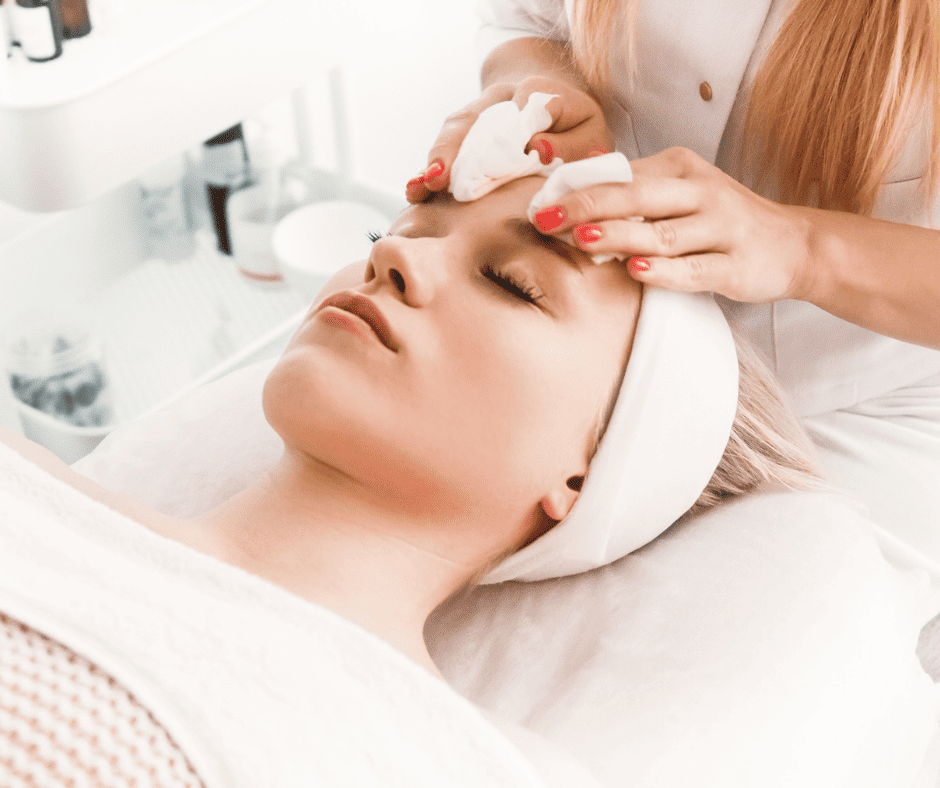
Introduction
As estheticians, it is crucial to have a deep understanding of the basics of skin health to provide effective and tailored skincare solutions for our clients. In this article, we will delve into the intricacies of skin health, with a focus on the hydro-lipidic barrier, skin barrier function, and the microbiome from a clinical perspective. Additionally, we will explore factors affecting overall skin health, identify harmful practices to be avoided, and discuss proactive measures to enhance skin barrier health.
The Hydro-Lipidic Barrier
The hydro-lipidic barrier, also known as the acid mantle, is a protective film that covers the skin’s surface. Composed of water (hydro) and lipids (fats), this barrier plays a pivotal role in maintaining skin health. Estheticians must comprehend the significance of the hydro-lipidic barrier in preventing water loss, protecting against external aggressors, and supporting optimal skin function.
Skin Barrier Function
The skin barrier, consisting of the stratum corneum, is the outermost layer of the epidermis responsible for shielding the body from environmental stressors. A healthy skin barrier ensures proper hydration, regulates temperature, and acts as a defense against pathogens. As estheticians, recognizing the signs of a compromised skin barrier is essential for developing effective treatment plans.
Microbiome and Skin Health
The skin microbiome, a diverse community of microorganisms residing on the skin’s surface, plays a crucial role in maintaining skin health. These microorganisms, including bacteria, fungi, and viruses, contribute to the skin’s defense mechanisms and overall balance. Estheticians should be aware of the delicate balance of the microbiome and its impact on skin conditions.
Factors Affecting Overall Skin Health
Various factors can influence overall skin health, and understanding these elements is crucial for estheticians. Lifestyle choices, environmental factors, genetics, and skincare practices all contribute to the condition of the skin. Estheticians should assess these factors to develop personalized skincare regimens for their clients.
Harmful Practices to Avoid
Certain habits and practices can compromise skin health. Overexfoliation, using harsh products, and neglecting sun protection can lead to a weakened skin barrier. Estheticians must educate clients on these harmful practices to promote better skincare habits and long-term skin health.
Maintaining pH at 5.5: The Key to Skin Health
The skin’s pH, which measures acidity or alkalinity, plays a crucial role in maintaining skin health. The optimal pH for the skin is around 5.5, slightly acidic. This acidic environment helps support the hydro-lipidic barrier and the skin microbiome. Estheticians must emphasize the importance of maintaining this delicate balance for overall skin health.
Effects of pH Imbalance on the Skin
Deviation from the optimal pH level can lead to various skin issues. An overly alkaline environment disrupts the skin barrier, making it more susceptible to dryness, inflammation, and infections. Estheticians should be aware of the potential consequences of pH imbalance to provide informed recommendations for skincare routines.
Strategies to Maintain pH Balance
To support the skin’s pH at 5.5, estheticians can recommend pH-balanced cleansers and toners. Additionally, incorporating products with ingredients like hyaluronic acid, niacinamide, and ceramides can enhance the skin’s natural barrier function. Regular monitoring and adjustments to skincare routines based on individual needs are essential to maintain optimal pH levels.
Proactive Measures for Skin Barrier Health
Estheticians play a pivotal role in promoting skin barrier health through proactive measures. Customized skincare routines, incorporating moisturizers, antioxidants, and sunscreens, can strengthen the skin barrier and protect against external stressors. Regular assessments and adjustments based on the client’s changing needs ensure continuous support for skin health.
Conclusion
A comprehensive understanding of skin health, the hydro-lipidic barrier, skin barrier function, and the microbiome is essential for estheticians aiming to provide effective and personalized skincare solutions. Emphasizing the importance of maintaining the skin’s pH at 5.5, avoiding harmful practices, and implementing proactive measures will empower estheticians to support their clients in achieving optimal skin health. By integrating clinical perspectives into skincare practices, estheticians can elevate their expertise and contribute to the long-term well-being of their clients’ skin.
~~~
P.S : Derme&Co. offers a full range of learning opportunities powered by the latest online technologies available. Explore their various ➡️ eCourses to master the foundational aspects of skin health!








